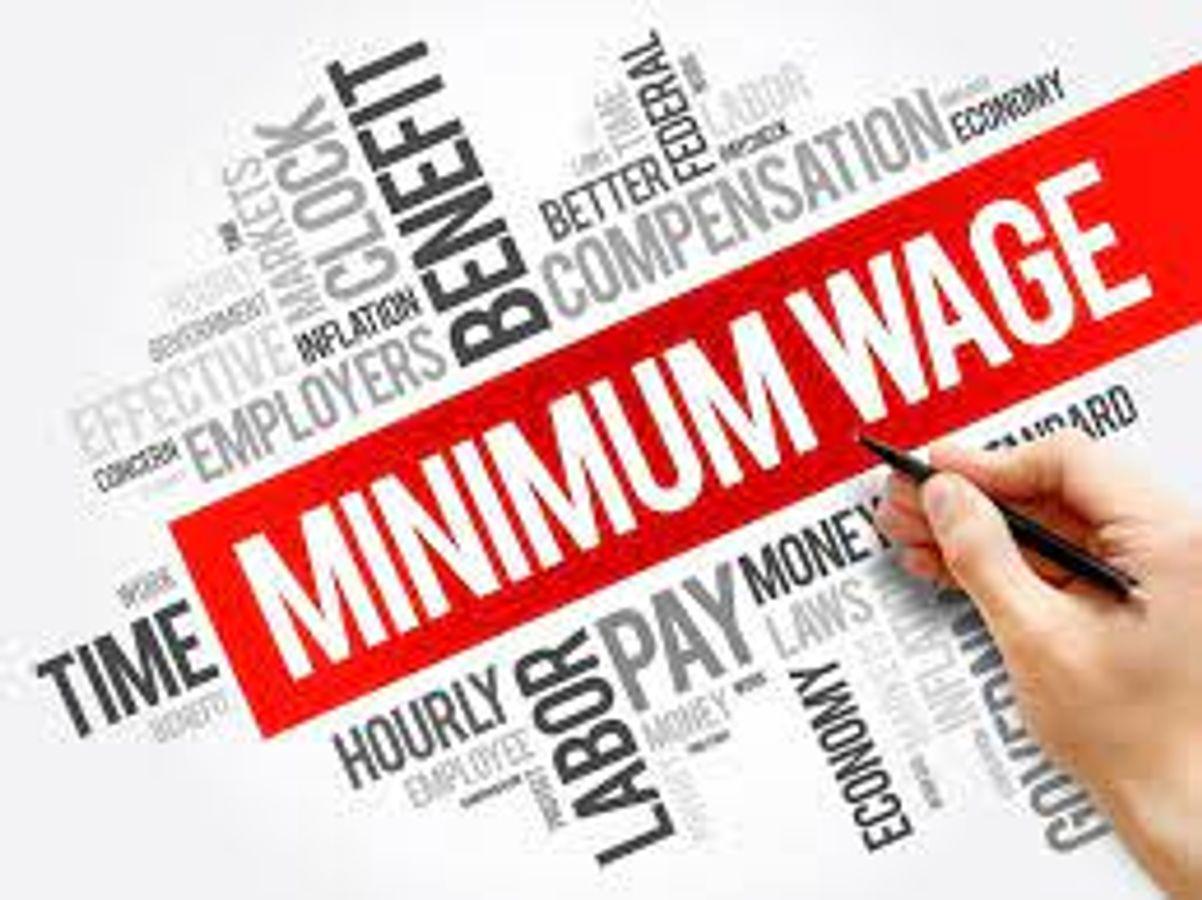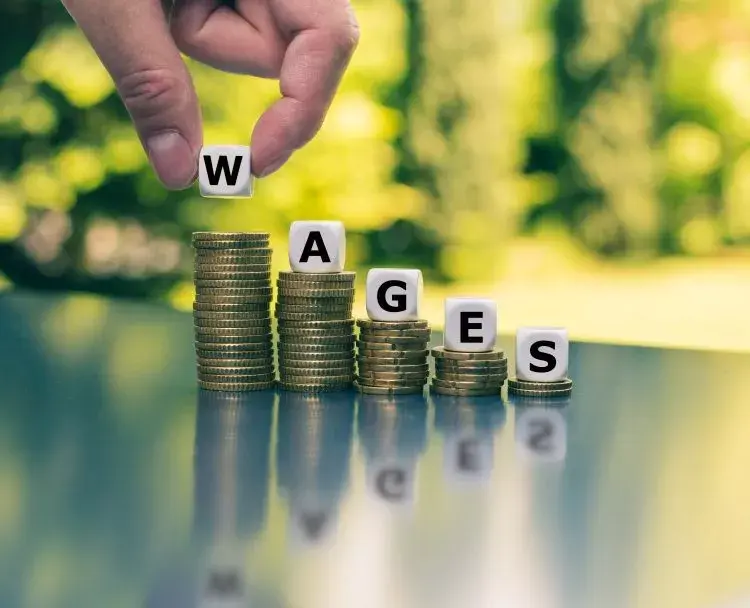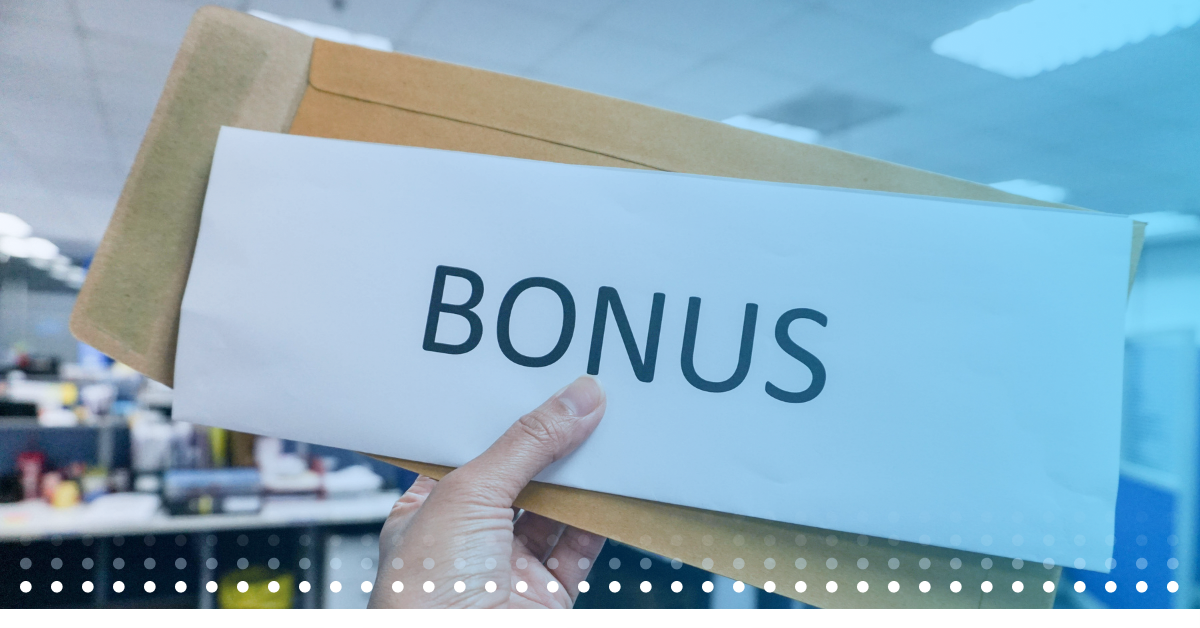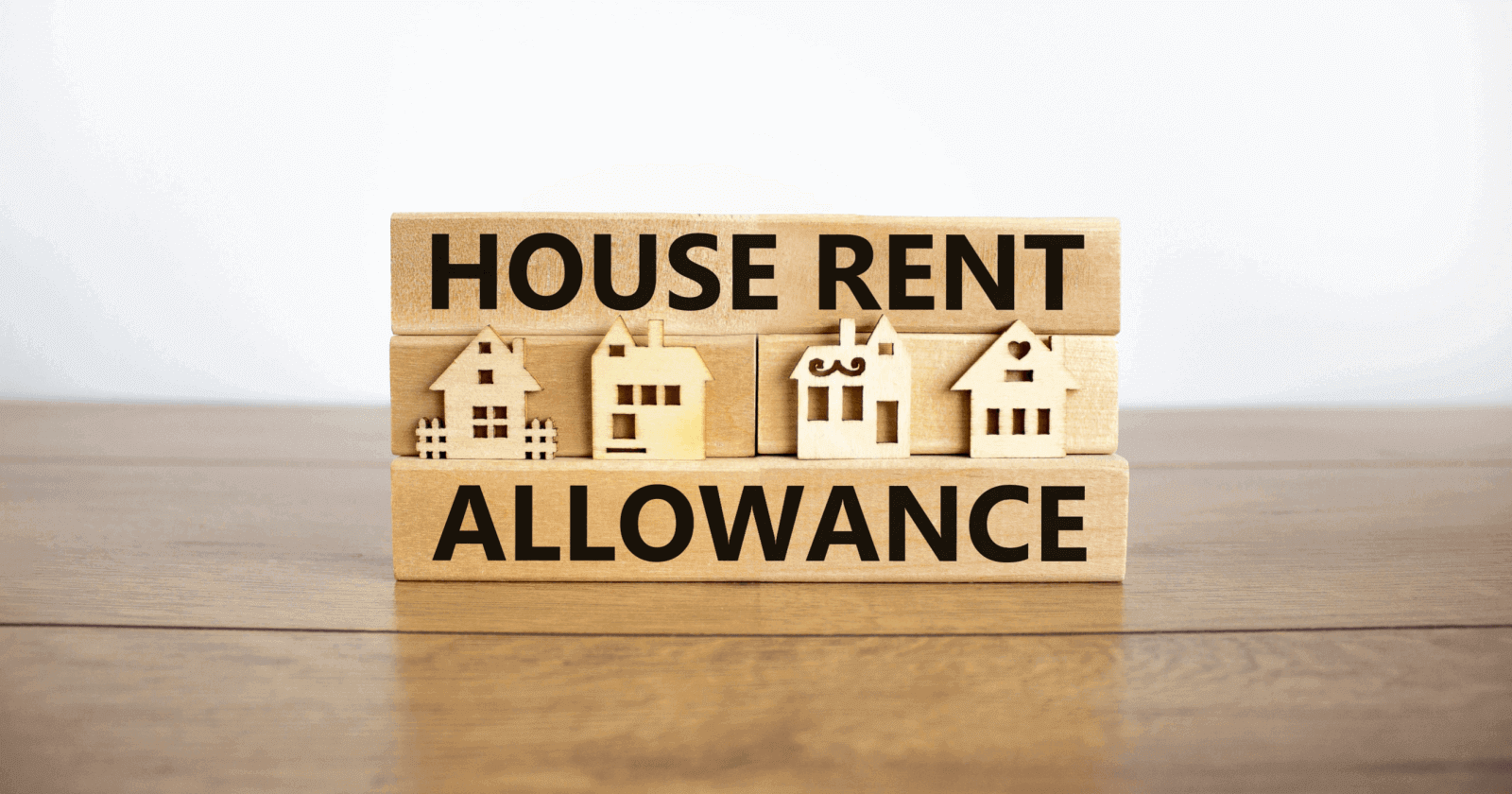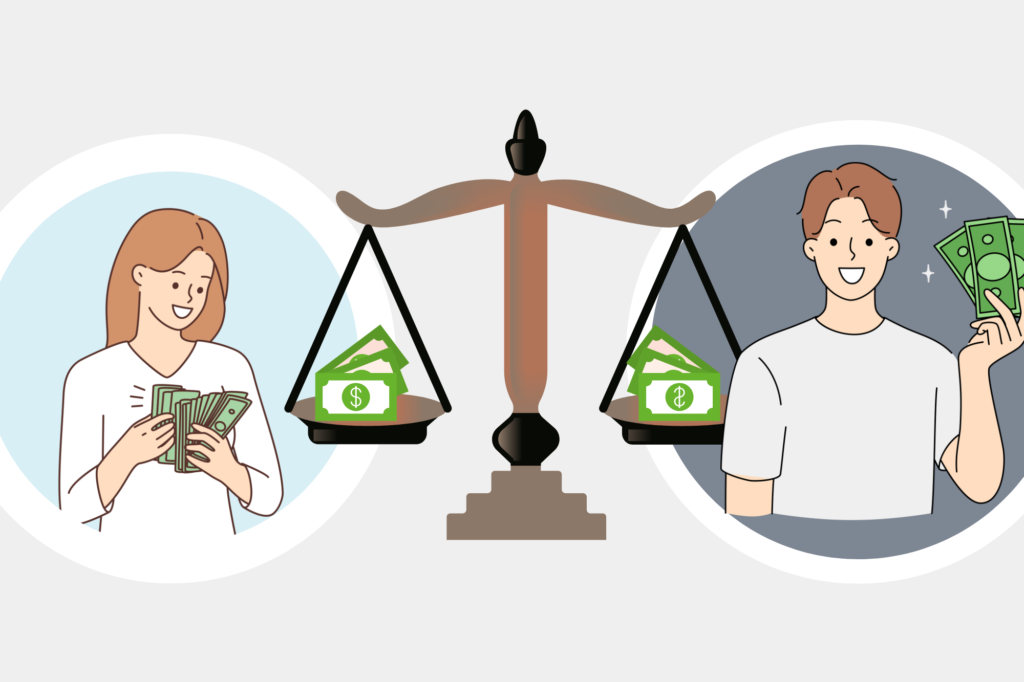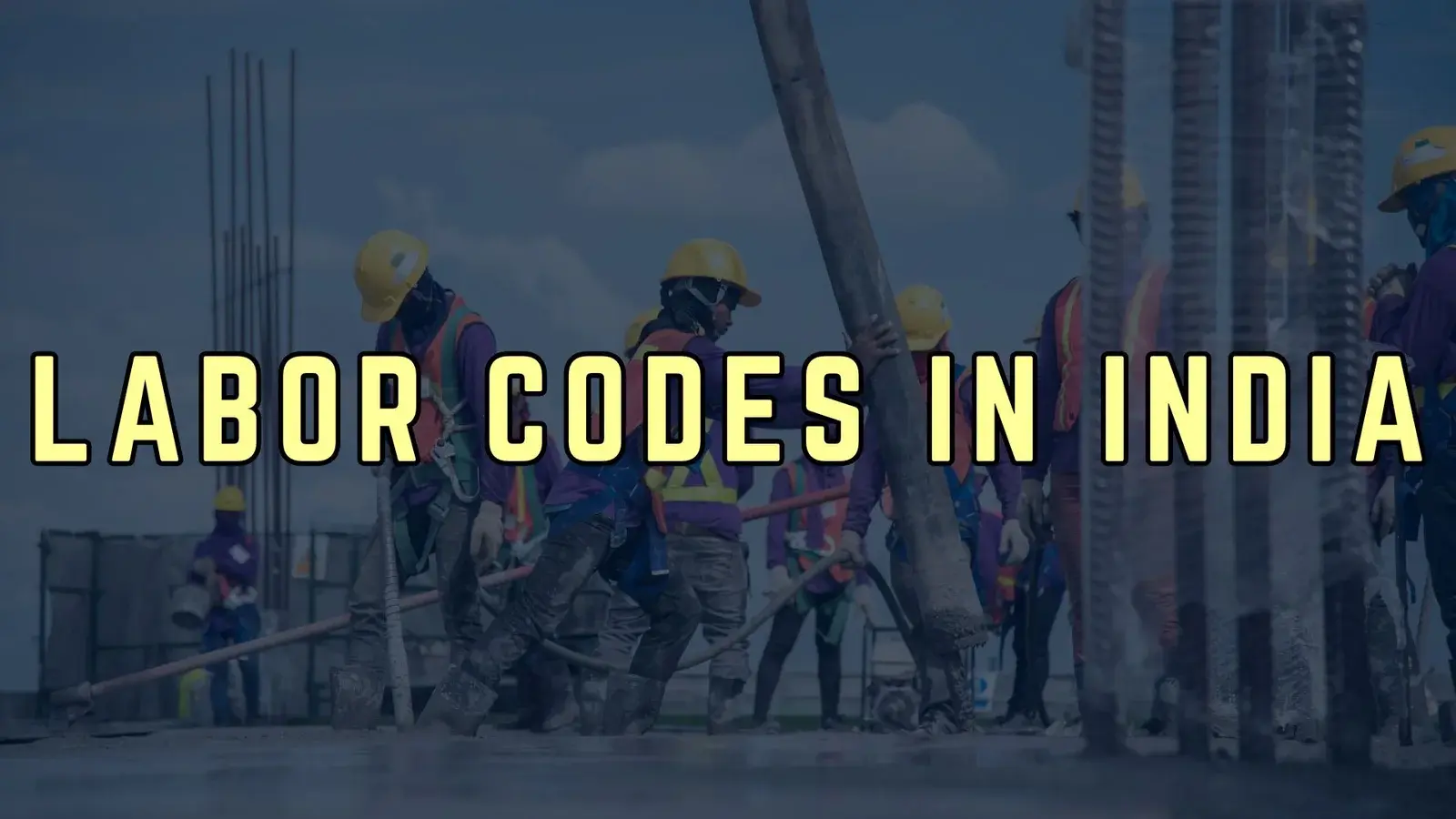The Hidden Cost of Epoxy Flooring
Dec 28 • 8 min read
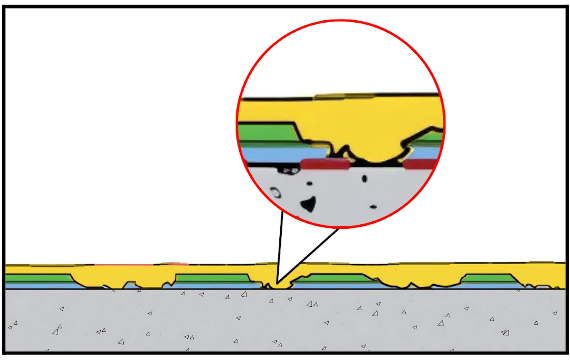
Did you know?
A study by the Indian Institute of Technology (IIT) Delhi indicated that the construction industry in India faces major losses in flooring where costs escalate because of wear and tear. It is estimated that construction-related losses in India could amount to billions of rupees annually. Floor repairs amount to 15-20% of the total losses.
That amounts to around 200 million rupees! Shocked?
Hence, it becomes very important to understand and analyse the durability of the flooring and the hidden costs that we will have to bear due to the flooring. Lets begin with our analysis.
In an industrial setting, Epoxy is a common flooring option. It is widely accepted in factories and warehouses because of the many benefits it offers.
Easy and fast application
Customizable color options and gloss level
Dust free flooring
Wide availability
Suitable for urgent audits
Suitable for coving
Protection against static electricity
Aesthetic and looks
All above reasons make epoxy a dominant and trusted type of floor coating in India's industrial and commercial sectors.
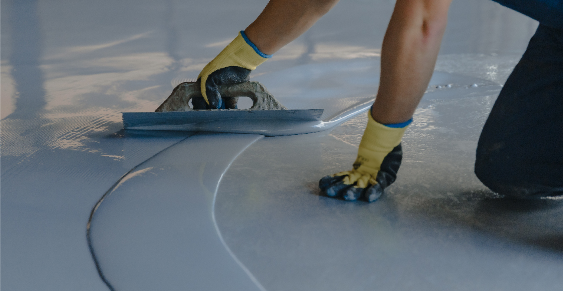
However, did you know that while paying for epoxy flooring you are not only paying the per sqft cost of 80 Rs., but also incurring several hidden costs? What kind of costs are you incurring?
Major Hidden Cost incurred with Epoxy Flooring
Recurring costs: The cost incurred over a longer period of time (say 10 years) to get repair, maintenance and reinstallation done.
Opportunity cost: The cost incurred due to production loss over a longer period of time (say 10 years) – while stopping production each time there has to be some re-work on the flooring.
Environmental cost: Non-monetary costs of carbon emissions, solid waste generation, VOC emissions, excessive water usage, etc. due to epoxy.
Thus, it is evident that ‘all good things typically have trade-offs’. Lets discuss these trade-offs in detail.
In this article, we have analysed the above hidden costs of Epoxy in detail.
1. Recurring cost of Epoxy
First and the most important concern is based on the economic perspective- Is epoxy worth the money?
One Time Cost of Epoxy may seem logical. But if looked closely, the actual money spent on it amounts to much more than just the one time “per Square feet” cost. Primary reason being the short lifespan of epoxy in a factory/ warehouse.
The average life of Epoxy in a factory/ warehouse ranges from 9-18 months. Thus, due to repeat installation, the overall money spent is much more.
For example: Lets look at the recurring cost for a 1000 Sqm of area over 5 years. Taking a conservative approach, we can say that the factory would be replacing 1/3rd of their Epoxy every year. Considering an average price of Rs 800 per Sqm. Lets calculate the total cost incurred over 5 years.
Therefore, effective cost per Sqm = 1866656/ 1000 = Rs 1866.656 per Sqm
While we think, we are spending only Rs 800 per Sqm, while doing Epoxy, we are actually spending more than 4X.
So it is recommended to opt for more durable options like Odus which at a similar one time cost of Epoxy, have a life of atleast 5-6 years.
Thus making the recurring cost negligible as compared to Epoxy. Giving 6X more ROI.
2. Cost of lost productivity due to Epoxy
Did you know - 7/10 factories who have chosen epoxy as their flooring regularly complain about damage and repair of epoxy. Prone to scratches and damage, it hinders continuity of operations and productivity of the factory.
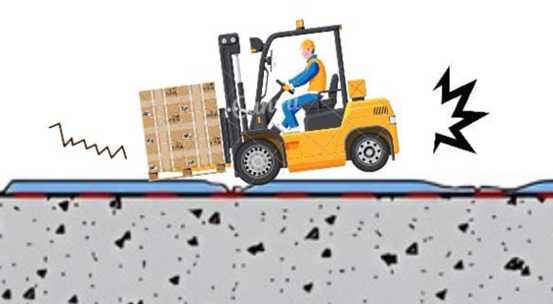
One of the main drawbacks of Epoxy coating is its relatively low hardness rating, which is below 2 on the Mohs scale which is why it needs frequent repairs and maintenance activities.
Lets understand its impact on productivity :
How do epoxy floors lower productivity?
Productivity Loss During Repairs: Every time Epoxy needs repair, the said area will have to face a downtime of atleast 2-3 days. That means, if we are engaging in flooring repair every year, Over a period of 10 years, we will be losing atleast 30 days of productivity.
Forklift and equipment damage: Uneven surface created because of damage in Epoxy coatings can cause forklifts and other equipment to break down or malfunction, leading to costly repairs and downtime.
Accidents and injuries: Slippery or uneven surfaces can lead to accidents and injuries. For example, there have been cases where patches on Epoxy have led to toppling of forklifts. Such serious accidents are a serious concern. In addition to lost workdays and decreased productivity - they also cause serious harm to workers.
Comparing this with other more durable options such as Odus. Since it doesn't need frequent repairs and rework - the downtime and production loss is negligible.
3. Environmental cost of Epoxy Flooring
Even though a non monetary cost, environmental damage is a serious concern. It is a cost that will be borne by our future generations. Not to mention the increased global focus on environment have made the compliances more strict.
Epoxy contributes to environmental damage in various ways like carbon emissions, solid waste generation, water usage and VOC emissions. Lets understand each of these in detail.
Carbon emissions due to Epoxy Flooring
The production process of epoxy flooring majorly contributes to carbon emissions.Production of epoxy for coating 1 Sqm of area emits around 2.6 Tons of Carbon.
Therefore, if we consider the production of epoxy for a 1000 Sqm area, assuming that 1/3rd of epoxy floor is replaced every year.
2.6 tones carbon emission once a year may not sound hazardous but multiplying this with the rework needed over the years makes the number dangerous.
Solid Waste Generation due to Epoxy Flooring
Generally, existing epoxy flooring needs to be removed before applying a new coat. This removal process can generate solid waste, including the old epoxy flooring material, adhesive, and other debris.
Consider an example for a 1000 Sqm area having a 3mm epoxy coating. Lets calculate the solid waste generation for 5 years.
Consider the same example of a 1000sqm area having epoxy coating. We assume that 1/3rd of the floor is repatched every year. Following is the illustration:
Did you see? 12000 cubic meters of waste is generated. Do you know how much that is?
A large football stadium filled about 1/4 of the way with trash
The equivalent of the annual waste generated by a small city or town with a population of around 50,000-60,000 people.
Whether you remove the epoxy coatings in intervals or altogether at once, it still generates the same amount of waste. Would you still choose epoxy?
Water Consumption due to Epoxy Flooring
Did you know?- According to a study, a construction site uses 10000 -50000 litres of water daily! Lets look at the water usage due to Epoxy coatings.
A significant water usage is in manufacturing of Epoxy itself. To manufacture Epoxy flooring for 1 Sqm area, 5 liter water is needed.
Below is an example of a 1000 Sqm area of epoxy flooring, assuming that 1/3rd of epoxy floor is replaced every year.
Water usage in the first year i.e. 5000 liters may not seem much. But have a look at the total water usage for 5 years - 11667 liters! That too just in the production of epoxy!
VOC emissions due to Epoxy Flooring
The application and installation of epoxy flooring can release Volatile Organic Compounds (VOCs) into the air. This happens when the epoxy resin and hardener mix together and react, releasing chemicals like glycidyl ethers and bisphenol A . Additionally, some epoxy products contain solvents that evaporate quickly, releasing VOCs like xylene and toluene. As the epoxy cures, it can also release other VOCs like amines and aldehydes.
In brief, these chemicals can contribute to indoor air pollution and health problems like respiratory issues, cancer and neurological problems.Yes, it is life threatening!
VOC emissions are also linked to the LEED Score of a company. Thus controlling VOC emissions has benefits in terms of better LEED score also.
To minimize VOC emissions, it's essential to use low-VOC or VOC-free epoxy products, ensure good ventilation, and follow the manufacturer's instructions.
A good example of zero VOC flooring option is Odus.
4. Cost of Forklift Maintenance
How can a damaged/peeled epoxy floor affect forklift maintenance cost?
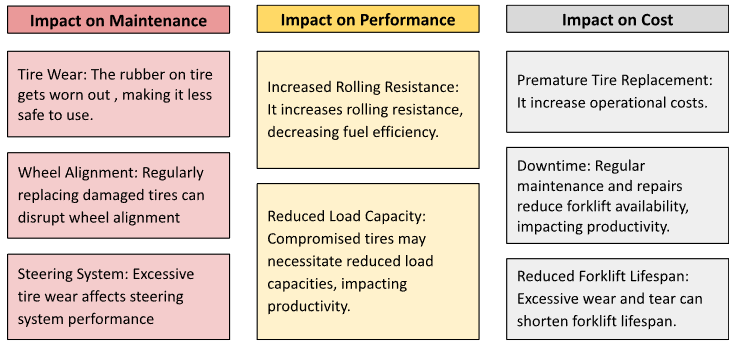
When an epoxy floor begins to peel, it creates rough or uneven patches that can be hazardous. These imperfections can cause people to trip, or cause vehicles like forklifts to lose traction, leading to potential accidents. Incidents where Forklifts and MHE vehicles have toppled because of an undulated floor that was created because of peeling of Epoxy.
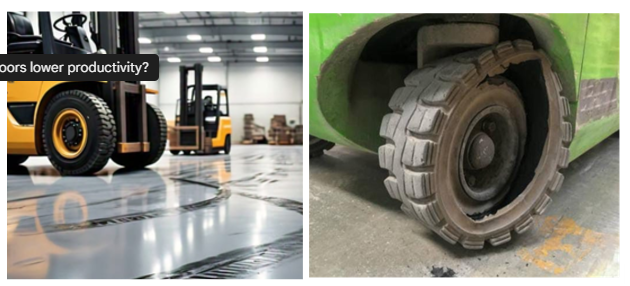
To repair the peeled off epoxy, companies just keep on adding Epoxy layers above each other. This results in the following:

This will lead to increased maintenance cost and decreased battery life of forklifts.
Thus , there are better choices than epoxy available in the market. While making a choice one should analyze all the related factors and then should select the best alternative.
Odus - an Epoxy Alternative
Odus flooring offers an innovative solution for industrial flooring by addressing the problem at its root. Instead of adding a surface coating like Epoxy, Odus works beneath the ground level to make the floor naturally stronger and more durable. It is 6X more cost effective.
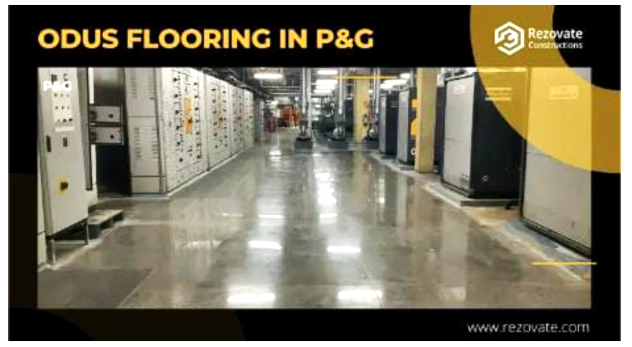
It involves turning the topmost layer of concrete into a smooth, dust-free, and incredibly resilient surface. To initiate concrete regeneration, Odus chemicals are absorbed into the topmost layer of the concrete floor. Thus reducing porosity of the top most layer and enhancing the hardness. This increased hardness makes the floors impervious to abrasive forces. Consequently, ordinary concrete is transformed into a smoother, dust-free, and more resilient surface.

Thus making the floors dust-proof and scratch-proof by adding 0 (yes Zero) thickness on the floor!
Our Clients








Related Blogs
